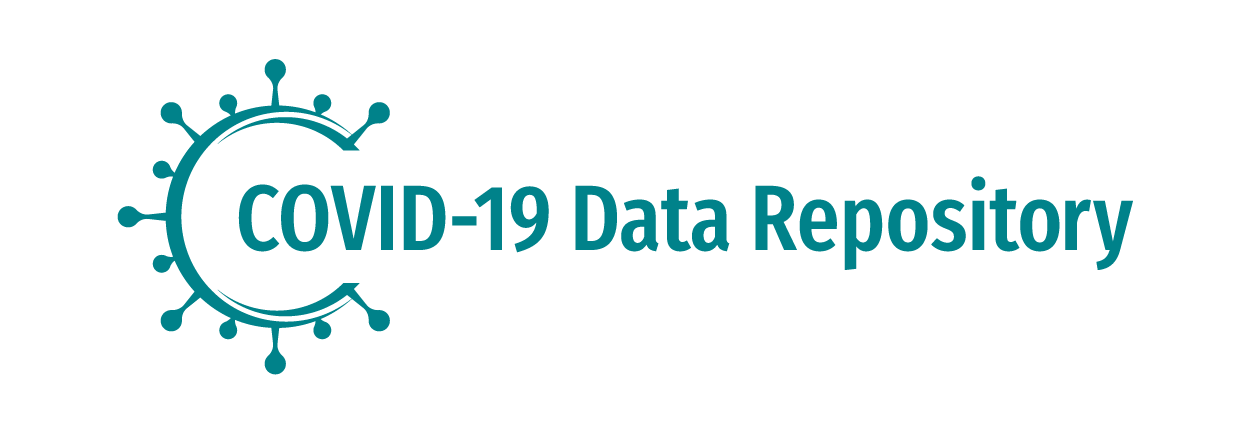Project Description
Summary:
View help for Summary
This study incorporated the use of three different self-report questionnaires, as well as a demographics questionnaire. Specifically, the questionnaires utilized are English and Hindi versions of the K-10, CD-RISC-10, a two-item social support questionnaire created for the purposes of the study, as well as a demographics form assessing participant age, duration of homelessness, gender, etc. These questionnaires were utilized to measure quantifiable levels of psychological distress, resilience, social supports, and examine demographics, respectively. Psychological distress, resilience, duration of
homelessness, and social support were assessed in a sample of 67 homeless
adolescents (53 males, 14 females) ages 12 – 17 years residing in Mumbai, India
across three shelters and a day-care center associated with a local
nongovernmental organization (NGO), Salaam Baalak Trust (SBT), which aids in
addressing social issues. Demographics, social support, and standardized
questionnaires, including the Kessler Psychological Distress Scale-10 (K-10)
and the Connor Davidson Resilience Scale-10 (CD-RISC-10) were administered in English and Hindi formats.
Scope of Project
Universe:
View help for Universe
67 Homeless Indian male and female youth (between the ages 12-17 years) who either live on the streets or in shelters across the city of Mumbai, India. Participants were conveniently sampled from a local non-governmental organization (NGO), Salaam Baalak Trust located in Mumbai, India.
Collection Notes:
View help for Collection Notes
Participants provided their verbal and written assent, while the NGO provided formal consent for this research. The assent forms were also verbally administered to the participants to ensure their understanding. The members of the research team (multilingual counselors employed by Salaam Baalak Trust) provided the youth with the questionnaires. Specifically, the demographic form was completed by the youth as a group, and then they individually filled out the three questionnaires assessing levels of psychological distress, resilience, and social supports. Participant identifying information was not stored with data and will not be used in publications derived from this data.
Methodology
Response Rate:
View help for Response Rate
For this study, 73 participants identified themselves as belonging to the age range between 12-17 years. However, after examining the demographic data, it was determined that six respondents did not meet the age criterion for the study. More specifically, four of the collected 14 packets from the girls' only shelter were excluded from the final analyses (28.6% of the total collected sample), one packet was excluded from one of the boys' shelters (4.3% of the total collected sample), and another packet was excluded from the other boys' shelter (4.8% of the total collected sample). In each instance the respondents were younger than 12 years of age. Therefore, the total number of participants analyzed for the study was 67 or 91.8% of the total collected sample (males and females.)
Sampling:
View help for Sampling
Convenience sampling from the local non-governmental organization, Salaam Baalak Trust.
Scales:
View help for Scales
K-10, CD-RISC-10, and self-created demographic and social support questionnaires.
Weights:
View help for Weights
Descriptive statistics were obtained for all variables and significance for all tests were established using a one-tailed alpha value of .05. The study utilized single sample t-tests, univariate Pearson correlations, and forward, stepwise multiple regressions to test the various hypotheses. Welch's t-tests were utilized for the post-hoc analyses. Power analyses were also conducted using G*power software.
Unit(s) of Observation:
View help for Unit(s) of Observation
Demographic characteristics,
Average number of social supports,
Levels of perceived social support,
Levels of psychological distress,
Levels of resilience
Related Publications
